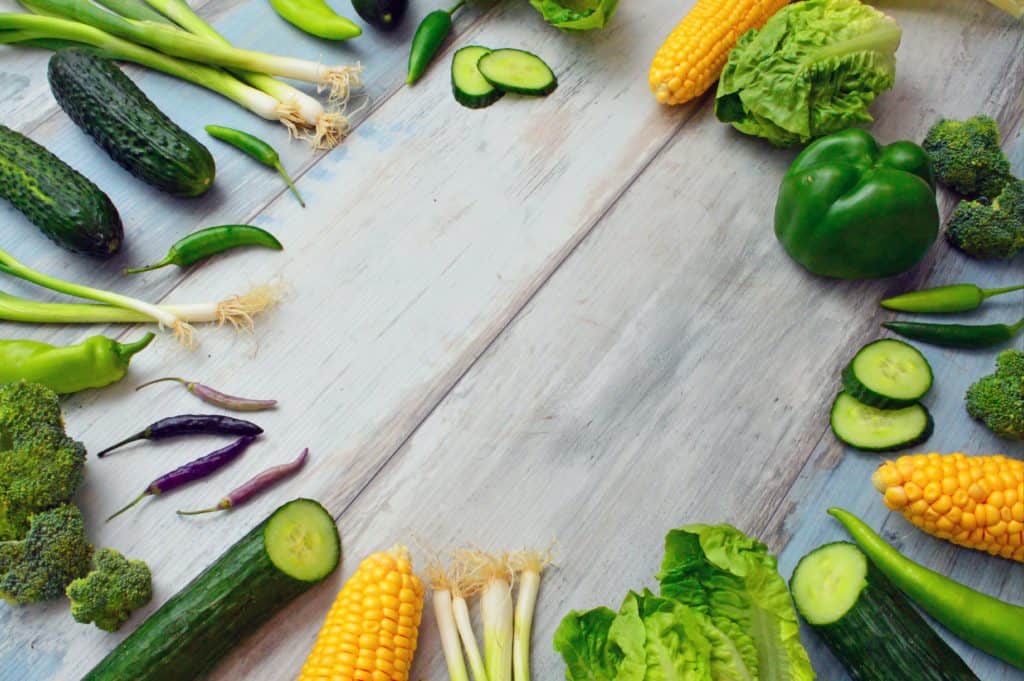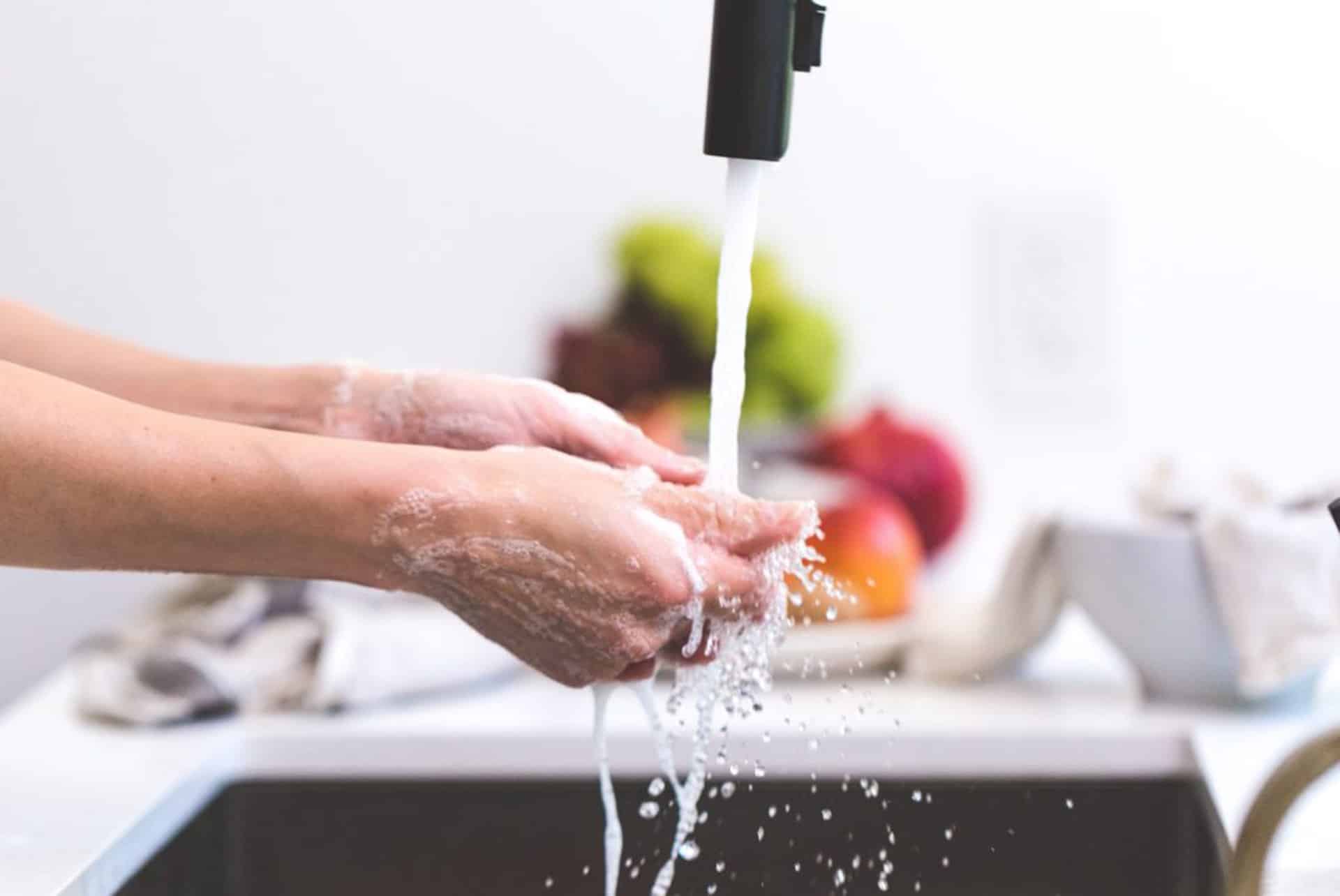
Quality control procedures are behind every product we use in our everyday lives; there is no area more important than when it comes to the food we eat. From the processed frozen pizza you can get at the grocery store to the local Mexican restaurant, it’s all around us.
There are many ways to document and manage the quality of the food, but let’s discuss how documenting and managing quality make a difference in the food industry.
Ingredients And Suppliers
The start of any good food product is the ingredients and suppliers of those ingredients. It makes sense to get the best ingredients for your product; however, you do not want to overpay and cut into the profit margins.
Documenting the quality assurance of the supplier of those ingredients is critical to making a difference. Making sure the supplier you have chosen, whether a local or national supplier, has a good reputation will make a difference to your customer base, who value products made with high-quality ingredients.
Receiving
Receiving the ingredients is as important as picking them and who drops them off. You can create the assurance needed to ensure every batch of product comes out correctly by writing down when shipments come in, how much came in, and the quality of the raw ingredients.
Documenting if there are inadequate raw supplies can help identify if the issue is a trend with that supplier or a larger supply chain problem, which can help you make any necessary adjustments quickly.
Storage
The proper storage of raw food materials is also essential. It can be different based on the product being delivered. Pickles need separate storage than a bag of rice or eggs.
The Food and Drug Administration (FDA) controls how different foods should be stored. These regulations are put in place to ensure the quality and safety of food for consumers. The rules from the FDA can be complex. State Departments of Health enforce those regulations in regular health inspections and are quality assurance for the food consumers.
Food storage must be kept up with the regulations set forth by the FDA to avoid sickness among customers who buy and consume products made in the food industry.
Also, when storing food, you must watch for the ‘Best-By’ Date. Most places in the industry, from large warehouses to restaurants, use First In – First Out (FIFO). This FIFO Process includes rotating stock to ensure the product you just received is behind or under product you recieved at an earlier date. This ensures that no raw ingredients go bad, which could make the consumer ill.

Recipe
The recipe for certain foods can make or break its end result. Tracking how much flour gets used when baking is an example of documentation impacting end-product quality.
Documenting the correct recipe and specific measurement of ingredients is a fine-tuned process and requires the procedures put in place being tested. Ensuring that the measurements of ingredients are scaled for the amount you are making is vital, especially when making something like soup in large quantities for restaurants.
Standard of Food
If you have followed quality control procedures up to now, then the standard of your food should also follow the same path. However, the procedures are still in place even in this step.
Multinational food corporations have factories that mass produce food for the public. Watching the standard of food as it comes off the assembly line is very important for a famous food like Oreos. At different steps in making an Oreo, the employees who make it have to ensure they follow the recipe and ensure that the ingredients are up to the standards. Something as little as letting the dough mixture sit at a higher temperature than average will result in a crumbly cookie, not the standard delicious cookie we have all come to know and love.
Packing and Labeling
Quality control procedures for packing and labeling products are another critical part of how documenting quality can help.
Ensure your packaging is easy to read helps customers see and associate your label with your brand. It is critical to the long-term success of the product you are selling. Many companies, such as Kellogg, have a well-known packaging that your brain instantly connects with in the grocery store.

Sanitation
Sanitation is one of the most essential parts of the documenting and managing process. Customers want to know you are doing everything possible to ensure the process of food preparation is clean.
Nothing is worse than knowing your food came from a dirty environment. A reputation for going above the industry standards for sanitation will leave a good impression on your customers.
How Recipes Get Made: Quality Control Procedures in the Home
The trial and error process created all types of things we enjoy today. Think of your Grandma’s best recipe; she did not just figure it out in one try! Rather, she documented what she put into it and experimented until she found the perfect combination, then finally writing down the recipe that you remember today.
Managing ever-changing variables while cooking is integral to the documentation process. This way, you can ensure end-product consistency; you do not want customers not to buy your product again because it changes from one day to the next.
Customer Support through Quality Control Procedures
There are bound to be problems in every industry. However, if you document everything mentioned above, your customer support will also be exceptional. Being able to look back through extensive quality assurance and control records and talk to customers when they are in all sorts of situations is helpful for addressing concerns and maintaining a loyal customer base. For this reason, it is good to have a record of the process. The better customer support you have, the more likely someone is willing to do business with you again.
The ability to document and manage quality control will only help your business in the food industry. With the regulations set forth by the FDA and other government agencies, companies need records that follow the rules. It is also essential to have a great supplier for ingredients. This is critical to ensure a consistent product, boosting customer satisfaction. There are many ways to document and manage quality control. These procedures will make a difference in the food industry.
Whether you need a single technical writer for a brief project or a team of consultants to produce a complete line of documentation, the quality of our work is guaranteed for you. Our clients work closely with an Engagement Manager from one of our 30 local offices for the entire length of your project at no additional cost. Contact us at (800) 221-0093 or [email protected] to get started.
Written by Dylan Friebel
